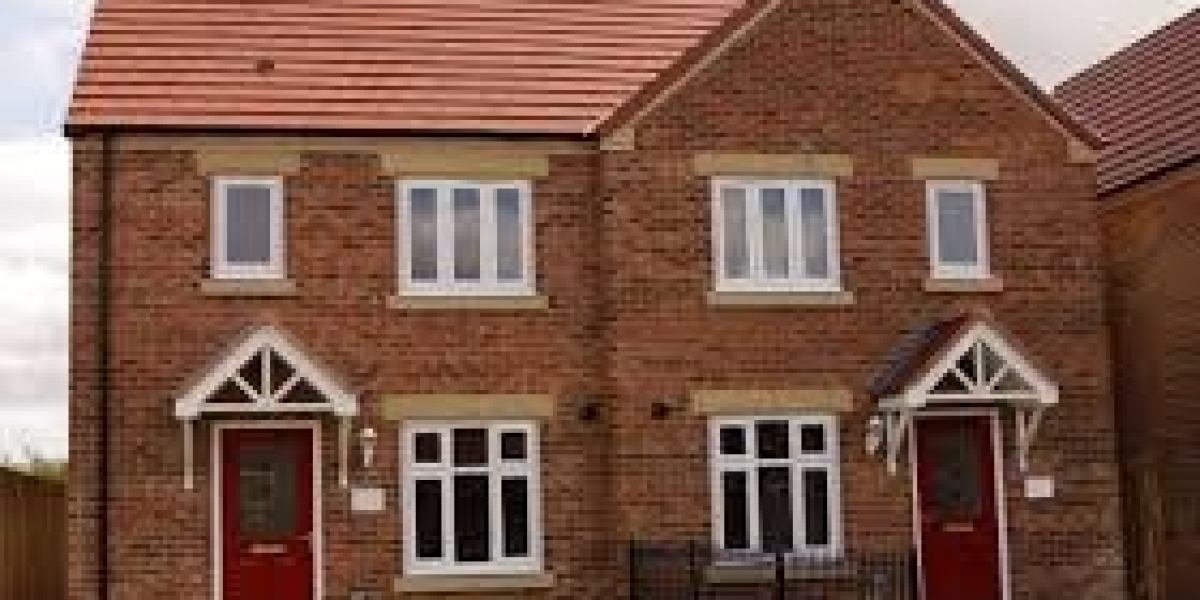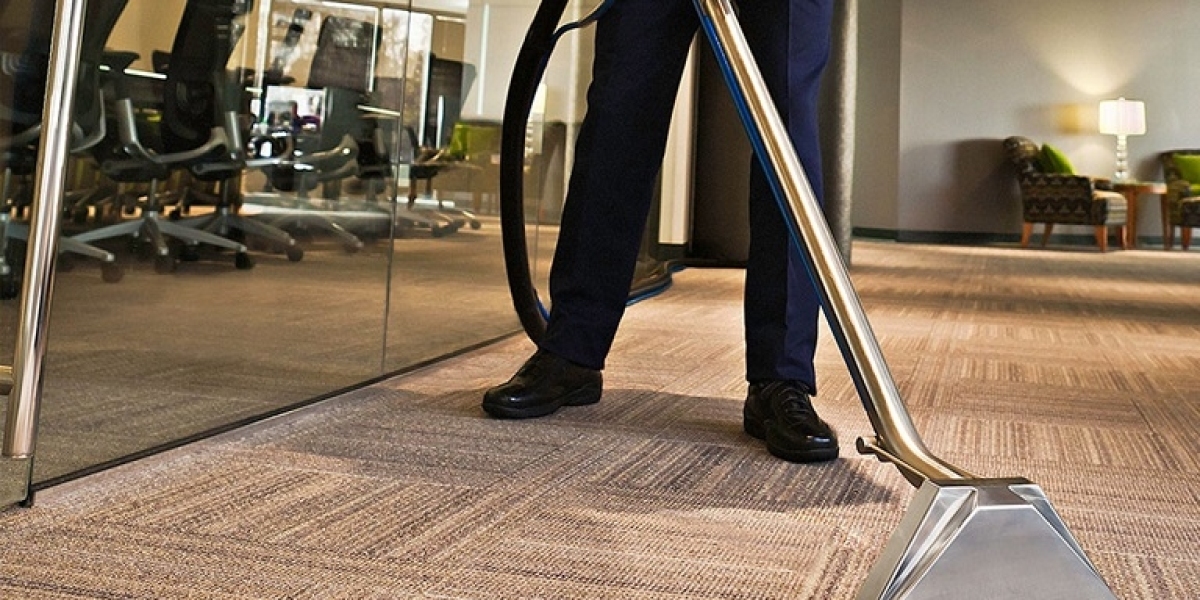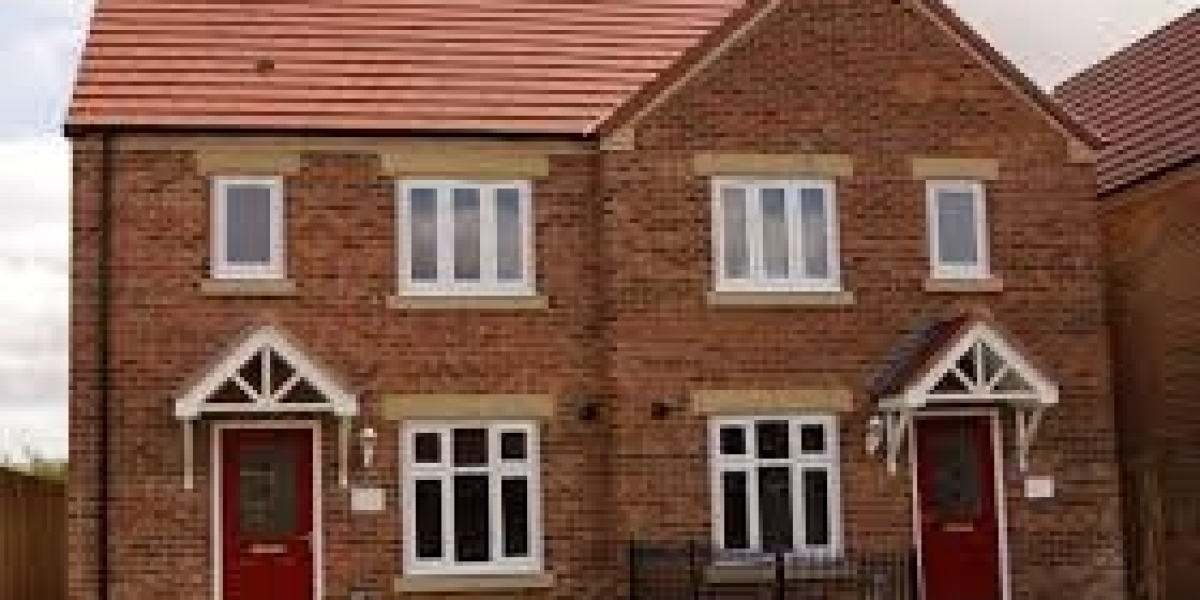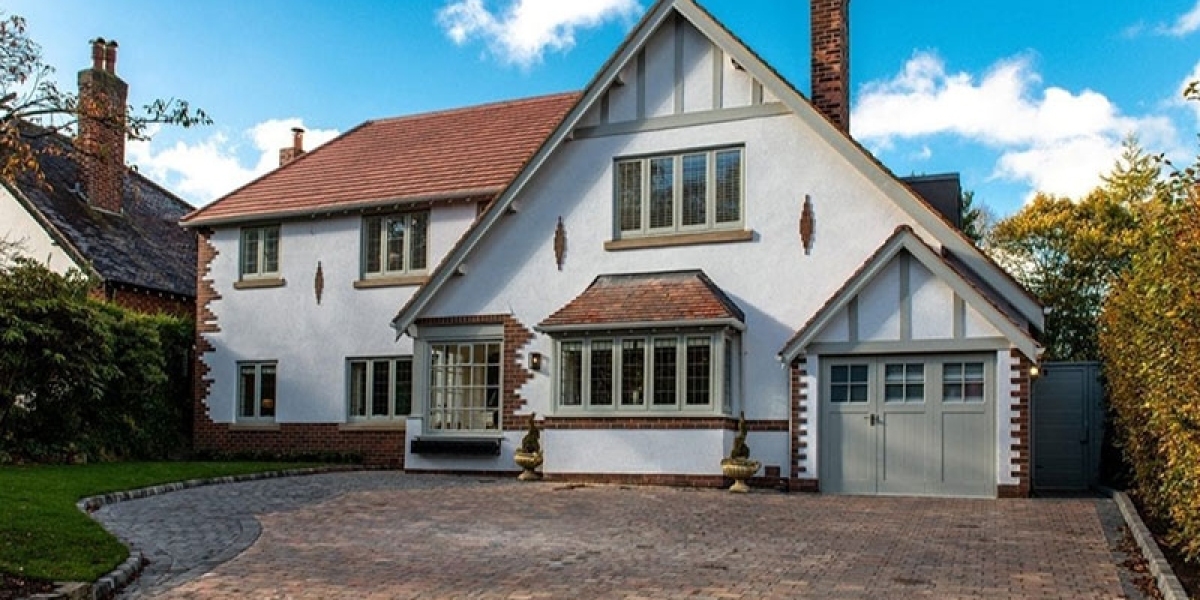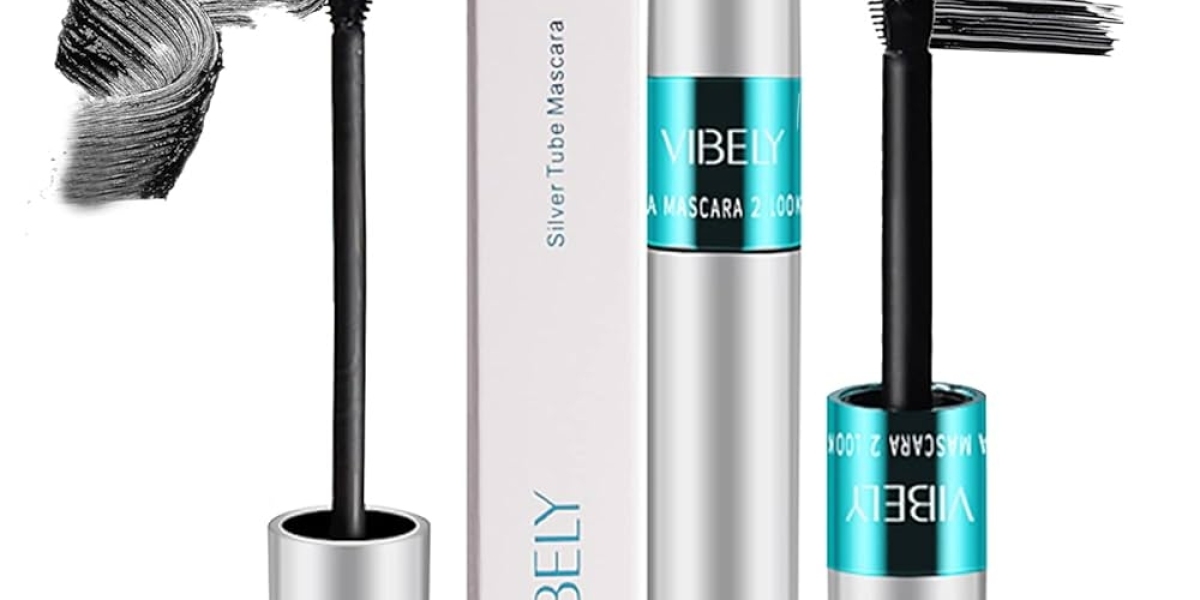Introduction
In recent years, the construction and renovation industries have witnessed a significant shift towards the use of uPVC (unplasticized polyvinyl chloride) materials, particularly in the production of windows. UPVC windows have gained immense popularity due to their durability, energy efficiency, and low maintenance requirements. This study report aims to provide an in-depth analysis of uPVC windows, exploring their composition, benefits, applications, and market trends.
Composition and Manufacturing of UPVC Windows
uPVC is a rigid form of polyvinyl chloride that is not subject to plasticizers, making it more stable and durable. The manufacturing process involves the extrusion of uPVC profiles, which are then cut and assembled into window frames. The production of uPVC windows typically includes the following steps:
- Material Preparation: Raw materials, including uPVC resin, stabilizers, and colorants, are mixed to create the desired formulation.
- Extrusion: The mixture is heated and forced through a die to form long profiles, which are cooled and cut into specific lengths.
- Fabrication: The profiles are then fabricated into window frames, incorporating features such as chambers for insulation and drainage systems.
- Finishing: The frames may be treated with surface coatings to enhance their appearance and protect against UV degradation.
Benefits of UPVC Windows
The advantages of uPVC windows over traditional materials such as wood or aluminum are numerous and contribute to their growing popularity:
- Durability: uPVC windows are resistant to rot, corrosion, and weathering, ensuring a long lifespan. They do not warp or swell like wooden frames, making them ideal for various climates.
- Energy Efficiency: UPVC windows offer excellent thermal insulation properties, which can significantly reduce heating and cooling costs. The multi-chambered design traps air, minimizing heat transfer and enhancing energy efficiency.
- Low Maintenance: Unlike wooden windows, which require regular painting and sealing, uPVC windows only need occasional cleaning with soap and water. They do not require any additional treatments to maintain their structural integrity.
- Sound Insulation: The dense material of uPVC windows provides effective sound insulation, making them ideal for homes in noisy urban environments.
- Aesthetic Versatility: UPVC windows are available in a variety of styles, colors, and finishes, allowing homeowners to choose designs that complement their architectural preferences.
Applications of UPVC Windows
uPVC windows are widely used in both residential and commercial buildings. Their versatility makes them suitable for various applications:
- Residential Buildings: Homeowners often choose uPVC windows for new constructions and renovations due to their aesthetic appeal and energy efficiency.
- Commercial Properties: UPVC windows are commonly used in offices, retail spaces, and industrial buildings, providing a cost-effective and durable solution for large-scale projects.
- Public Sector Projects: Schools, hospitals, and government buildings benefit from the low maintenance and energy-saving qualities of uPVC windows, making them a preferred choice in public sector construction.
Market Trends and Growth
The global market for uPVC windows has been experiencing steady growth, driven by increasing awareness of energy efficiency and sustainable building practices. Key factors influencing market trends include:

- Rising Demand for Energy-Efficient Solutions: As energy costs continue to rise, consumers are seeking windows that provide better insulation and lower energy bills. This trend is particularly prominent in regions with extreme weather conditions.
- Regulatory Support: https://electionforecast.co.uk/clear-vision-why-glass-partitions-are-the-future-of-office-design/ Governments worldwide are implementing stricter building codes and energy efficiency standards, encouraging the adoption of uPVC windows as a compliant solution.
- Technological Advancements: Innovations in manufacturing processes and materials are enhancing the performance and aesthetics of uPVC windows, making them even more appealing to consumers.
- Sustainability Considerations: With a growing emphasis on sustainable building materials, uPVC windows are gaining traction due to their recyclability and long lifespan, reducing the need for frequent replacements.
Challenges Facing the UPVC Window Industry
Despite their many benefits, the uPVC window industry faces several challenges that could impact future growth:
- Environmental Concerns: The production of uPVC involves the use of fossil fuels, raising concerns about its environmental impact. The industry is under pressure to develop more sustainable manufacturing processes and materials.
- Competition from Alternative Materials: Other materials, such as fiberglass and aluminum, are also vying for market share in the window industry. These alternatives may offer certain advantages, such as higher strength or aesthetic appeal.
- Market Saturation: In some regions, the market for uPVC windows is becoming saturated, leading to increased competition and pricing pressures.
Conclusion
In conclusion, uPVC windows represent a significant advancement in window technology, offering numerous benefits over traditional materials. Their durability, energy efficiency, and low maintenance make them an attractive option for homeowners and builders alike. As the market continues to grow, addressing environmental concerns and competition from alternative materials will be crucial for the sustained success of the uPVC window industry. With ongoing innovations and increased consumer awareness, uPVC windows are likely to remain a popular choice in the construction and renovation sectors for years to come.
